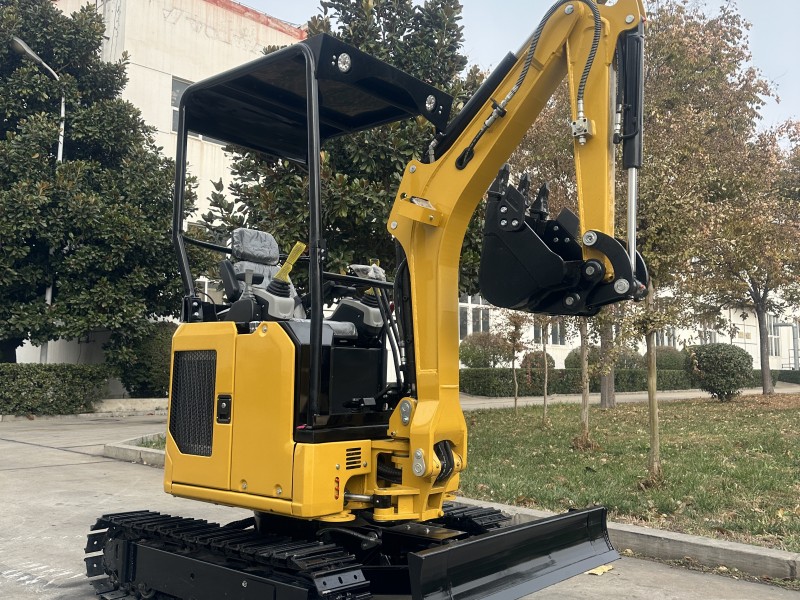In recent years, the demand for small excavators has increased significantly, and there are many styles of small excavators for different construction needs. In order to meet various needs, many machinery dealers on the market provide small excavator customization services. However, before choosing a small excavator customization service, it is necessary to understand the relevant knowledge and customization process of small excavators.
One: Confirmation of excavator parameters
In the small excavator customization process, the first thing to confirm is the excavator parameters, including model, weight, speed, blade arm length, engine power and other parameters. These parameters are determined according to your construction requirements. Therefore, when choosing a service provider, you need to understand whether they can provide you with small excavator customization services of various specifications and models.
Two: Purchase excavator chassis and parts
The small excavator has a large number of structures and parts. Therefore, when customizing, you need to purchase the body, walking chassis and various mechanical components, such as buckets, woven bags, hydraulic cylinders, etc. When purchasing, you need to combine the excavator parameters and construction requirements to choose parts with high adaptability and stable and reliable performance.
3: Measuring the size of the excavator
The size of the excavator has a vital impact on the construction, so before making it, the size of the excavator needs to be measured. By measuring the size of the excavator, the operating range of the excavator and the accessibility of narrow passages can be determined, and the design can also be improved and optimized according to the actual construction environment.
4: Designing and drawing excavator drawings
The actual construction environment of small excavators is often very complex. In order to make the excavator better adapt to the construction environment, it is necessary to specially design and optimize the various components of the excavator to meet more construction needs. Designing and drawing excavator drawings can improve and optimize the details through simulated motion, and can also use 3D printers to print sample tests of parts to maximize the performance and reliability of the excavator.
5: Excavator assembly and debugging
After the excavator is customized, it needs to be assembled and debugged. Assembly requires the organic cooperation of various parts to be durable, reliable and meet the needs. The debugging of the excavator, such as the operating travel speed, the heavy arm, and the comfort of the machine, needs to be carried out in this part to ensure that the excavator works normally and meets various construction requirements.
The small excavator customization business is very professional and technically complex. You need to combine your actual situation and construction requirements, and choose a suitable small excavator customization service provider in the market, so that you can get effective excavation equipment to complete more difficult construction tasks.
